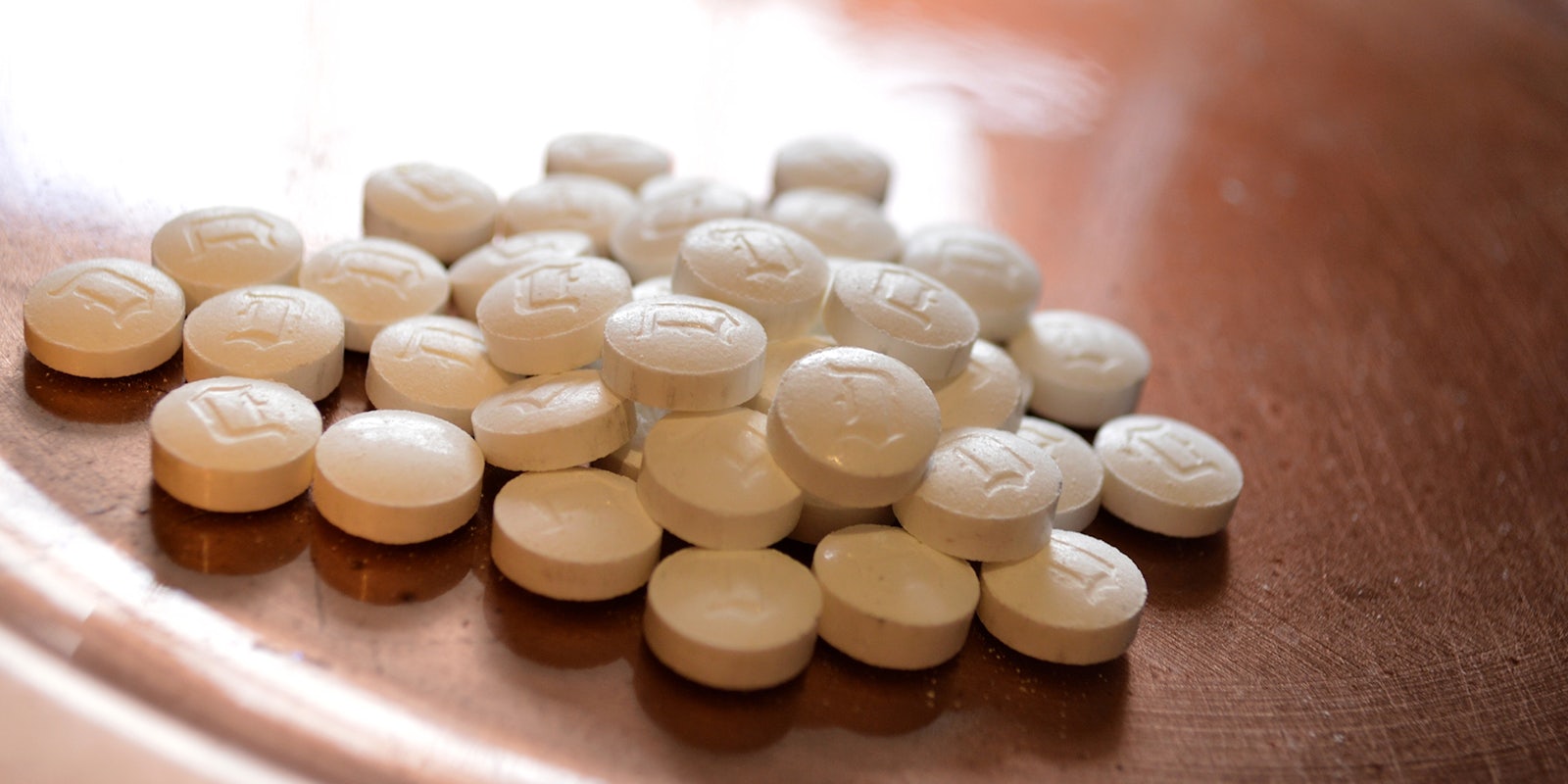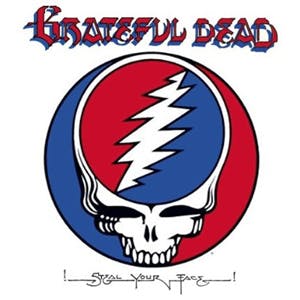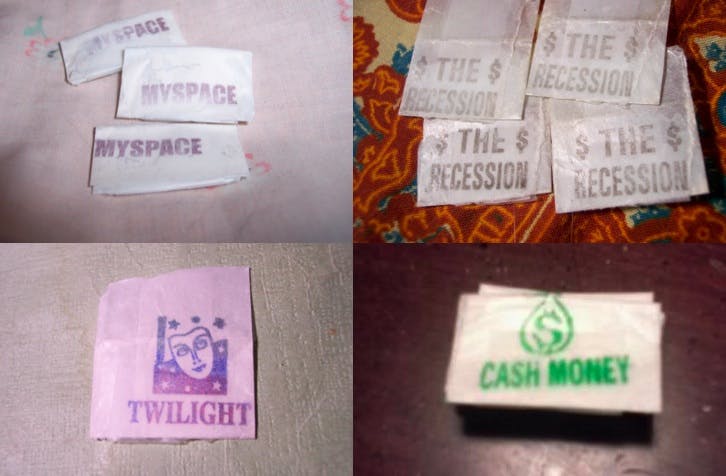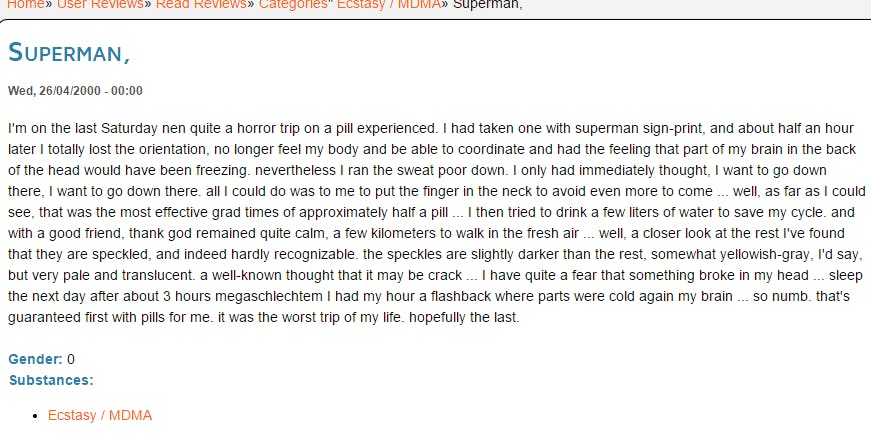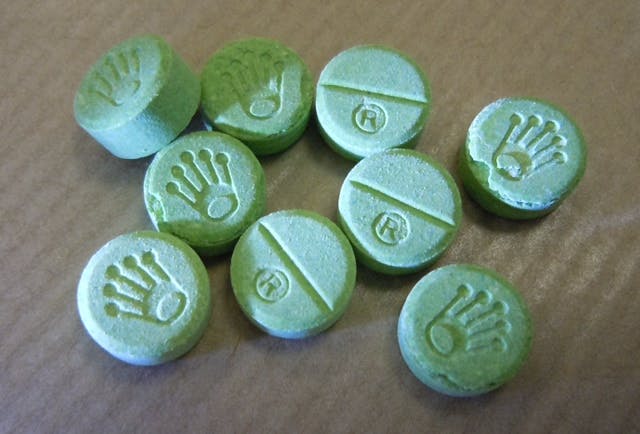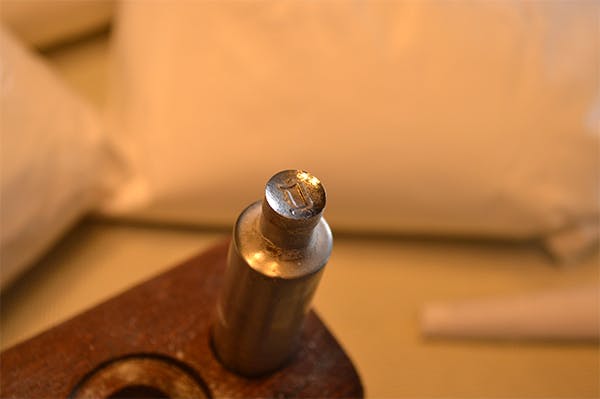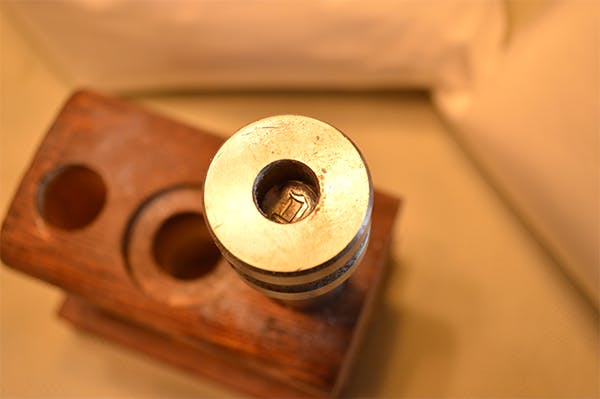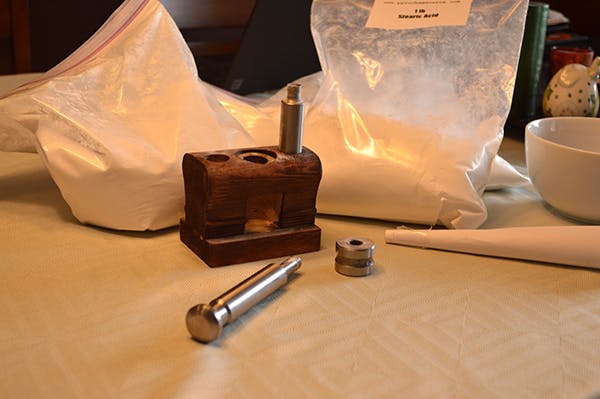Snapchat can kill you.
The same goes for Bitcoin, UPS, and everybody’s favorite superhero, Superman.
Since 2013, this social networking app, digital currency, delivery service, and comic book character have each had their logos printed on what was sold as tablets of ecstasy, the quintessential party drug.
Branded pills of ecstasy and other illicit substances have become the norm, a way for drug dealers to market their high-quality product—and, far more worrisome, a way for copycats to flood the black market with dangerous knockoffs that have killed or hospitalized people around the world.
The appropriation of logos from well known brands or franchises is nothing new for drug dealers and manufacturers, according to Travis Wendel, the research director of St. Ann’s Corner of Harm Reduction and co-author of The Heraldry of Heroin: ‘Dope Stamps’ and the Dynamics of Drug Markets in New York City.
“In the ecstasy market, I’m not at all surprised that online services like Snapchat and things of this ilk would be used because these are services that are popular among the people who consume these drugs,” Wendel told me during a phone interview. “They are sort of hijacking the brand. They are repurposing the brand for marketing.”
The evolution of branding drugs is a long, strange trip—one that ends with us making our own pills and stamping on your favorite logos, just for that little extra marketing kick.
Early drug branding
Owsley Stanley has been called both “the king of LSD” and the “artisan of acid.”
After first experiencing LSD for himself in 1963 while he was a student at Berkeley, Stanley spent “three weeks in the university library, poring over chemistry journals” learning how to manufacture LSD, the New York Times’s Margalit Fox reported in 2011. Two years later Stanley befriended author Ken Kesey who fatefully introduced him to the Grateful Dead.
Stanley’s relationship with the band was profound. Aside from supplying the group with a bottomless supply of LSD, he also became their “sound man, early underwriter, principal acolyte, sometime housemate and frequent touring companion,” the Times added. Stanley also helped design the band’s iconic skull logo for the album Steal Your Face.
By 1967—just a year after LSD was officially made illegal in California—Stanley’s name became synonymous with superb LSD.
He was producing at least one million LSD doses a year. Some 300,000 of those doses were branded “White Lightning” and made specifically for San Francisco’s Human Be-In, according to PBS, a countercultural “union of love and activism.” If Stanley was a brading amateur at Human Be-In, by the time the Monterey International Pop Festival in Monterey, Calif., rolled around five months later, he was a marketing master.
Planned over the course of seven weeks, Monterey International expected nearly 90,000 patrons to show up to see The Jimi Hendrix Experience, The Who, and Janis Joplin. The festival was the unofficial start of the “Summer of Love.” It was also where Stanley released “Monterey Purple,” a small batch of LSD made and marketed specifically for the festival.
Stanley created 14,000 LSD doses of Monterey Purple, according to the drug education non-profit Erowid. This product was so popular at the festival, it’s rumored that Hendrix himself may have sampled some of the LSD in order to accomplish his “chaotic, guitar-burning finale,” the Times recounted. Rolling Stone’s Robert Greenfield reported that “Owsley also sent a photographer back to England with a telephoto lens packed with tabs of purple acid on the condition that he share them with the Beatles.”
Monterey Purple’s legend was born.
By tethering his LSD to the festival, only producing a limited supply, keeping the quality of his drug high, and getting his product in the hands of the most popular musicians on the planet, Stanley had become the Steve Jobs of drug branding. LSD was a big business and branding was essential to retaining market share, says Jonathan Culkin, a researcher at Carnegie Mellon University who co-authored Illegal “lemons”: price dispersion in cocaine and heroin markets*.
“The motivation for branding could be same as for branding conventional products,” Culkin wrote in an email. “Desire to differentiate one’s product to avoid Bertrand price competition over undifferentiated commodities. Desire to establish a reputation for higher-quality product that could be translated into higher prices”
Stanley’s place atop the mountain couldn’t last forever. In December, 1967, federal agents raided Stanley’s home. They reportedly confiscated “nearly 100 grams of crystalline LSD as well as a quantity of STP, a very powerful long-acting hallucinogen,” according to Rolling Stone.
Stanley’s LSD production days were over. But the era of drug branding in the United States was just firing up.
In 1973, the drug of choice in New York City’s Harlem neighborhood was heroin. With a big spike in price from $2 to $5 a bag, and an increase in competition, dealers began branding their drugs with names like “Red Tape.” The name was derived from the piece of plastic keeping the bags closed. This branding method was quickly superseded by stamps that proved more difficult to counterfeit.
“The first ‘stamped’ bags of heroin appeared in Harlem shortly thereafter, and names such as WATERGATE, SPIRIT OF ‘76 and GOOD PUSSY ‘75,” Travis Wendel and coauthor Ric Curtis detailed in their study, The Heraldry of Heroin. “Stamps enable users to seek out ‘good’ heroin, to avoid ‘bad’ heroin, and also serve to construct the daily routine and thus the identity of the user.”
“What’s good out?” rapidly became the question users asked dealers to identify certain brands and whether one had overtaken another in terms of potency. Heroin users interviewed during this time were able to remember more than 90 different brand names for sale on the streets. Some of these users saved the stamped heroin bags as souvenirs. One heroin user even had some of his stamped bags framed to be exhibited in a Brooklyn gallery. The following image was featured in a Vice feature on heroin stamps.
Through the 1980s and 1990s, branded heroin—Terminator, Polo, Mortal Kombat, Godzilla, and Tupac—continued to rise. There was even a heroin stamp called TRI-STAR, which featured the logo of the film production studio. The multimillion dollar success of heroin stamps spilled over into manufacturers and distributors of MDMA, otherwise known as ecstasy.
Mainstream America got its first glimpse into the world of MDMA in 1985 with a Newsweek cover story titled “Getting high on Ecstasy.” The feature was a gripping account of MDMA’s hold on teenagers during this time, calling it “the drug LSD was supposed to be” and “yet unlike LSD, it does not break down one’s ability to distinguish between reality and fantasy.” While ecstasy may have been similar to LSD in terms of is high, its branding felt distinctly like heroin.
With the exception of Sassafras, a brand of Ecstasy in the 1980s that was a “nod to the naturally occurring essential oil of sassafras that is a chemical precursor to MDMA,” most brands were inspired by what was popular at the time, author Julie Holland wrote in her book Ecstasy: The Complete Guide: A Comprehensive Look at the Risks and Benefits of MDMA. These ecstasy brands tapped into the logos of some of the world’s most recognizable brands: Nike, Motorola, Calvin Klein, Mitsubishi.
Mitsubishi, as one ecstasy dealer told Holland in her book, was sold in 150 milligram hits that proved irresistible. Because tablets featured the triangle logo of the Japanese car manufacturer, a flood of copycats emerged, eager to capitalize off the brand’s success.
This was a vicious cycle. Almost as soon as an ecstasy brand gained traction among users, counterfeiters swooped in to capitalize on its popularity. The result, as has been the case with another brand of ecstasy known as Superman, was a market filled with a dangerously inferior product.
In a research paper published in 2009 called What’s in a Label? Ecstasy Sellers’ Perceptions of Pill Brands, a team of researchers analyzed interviews with 80 ecstasy dealers, who shared their opinions on tablet branding.
Two of the commonly sold ecstasy brands were Mitsubishi and Blue Dolphin, which was one of the most-copied tablets during the 1990s. At the heart of ripping off another ecstasy brand was this idea of “quality assurance,” one drug dealer told researchers.
“You know, like, I’m sure it also backfires, and then other people can copy the logo and then sort of—but it is nice, because a lot of times you’ll get like a certain mixture of a pressed pill, and you’re like, ‘Wow. I don’t know what they have in here, but I really like it,’” stated a 30-year-old female ecstasy dealer. “And it’s nice to then be able to look out for that.”
In the United States during the late 1990s and early 2000s, Superman was known as one of the best ecstasy tablets. In a post on ecstasy.org on Nov. 7, 1999, a user wrote this about his or her most recent Superman experience: “Great pills, lasted a long time. No need to take 2. I sugest [sic] jumping on theas [sic] while they are around.” Outside of the U.S., Superman’s reputation was the complete opposite. This was disturbingly summed up in a post on Germany’s drugscouts.de on April, 26, 2000 from someone who had ingested a bad Superman tablet.
Today, Superman not only represents the dark side of drug branding but is indicative of a disturbing new ecstasy trend.
Say hello to “Dr. Death” and his friend
If Owsley Stanley could see the state of drugs today, he would be ashamed.
Superman represents the dangers of lacing, which is the age old practice of mixing substances together to maximize profit or boost a drug’s effect. Two of the most common lacing agents in ecstasy are PMA (paramethoxyamphetamine) and PMMA (paramethoxymethylamphetamine).
“In 2012, 20 fatalities were recorded as PMA or PMMA-related. In 2013, the number rose to 29,” The Guardian reported. “PMMA blocks an enzyme that normally breaks down serotonin. The difference matters. The brain on PMMA cannot get rid of serotonin as fast as it should.”
PMA has been dubbed “Dr. Death” by entertainment website Deep House Amsterdam because of the wait users must go through before feeling high. This has resulted in many users mistakenly thinking they did not ingest enough (see the Lemmons 714 scene in Wolf of Wall Street), so they think they should take more.
In the summer of 2013, ecstasy tablets, branded with the Rolex crown and the Mitsubishi star, were blamed in the deaths of six Scottish partygoers because they contained PMA. And Superman tablets in England were found in December of last year to contain PMMA. Four people reportedly died from ingesting the pills.
Many European countries have put out alerts, warning people to avoid certain branded tablets. In is unclear how effective these notices have been considering how often new branded tablets appear on the market.
“The thing to be concerned about here is not the branding, per se, but the enforcement on ecstasy markets has been successful enough to drive genuine ecstasy—a fairly benign and well-researched substance that was extensively used in psychotherapy when it was banned—off the market and replaced with research chemicals,” Wendel said.
While it is clear that PMA and PMMA are being using to drive down the production costs of ecstasy at a high risk to consumers, one question still tugged on my brain: How are pill manufacturers able to create new and topically branded tablets so quickly?
The answer is surprisingly simple.
Get your daily dose of vitamin D
My foray into the personal pill production business began, of course, on Google.
Within minutes, I discovered a teeming community of amateur “pressers,” a community circled around health and fitness, with most pill press owners choosing to create their own supplements.
The first item I needed to purchased was a press. The selection of machinery and DIY tutorials was vast.
The presses break down into two general categories, either hand-held or mechanical. Hand-held pill press produce on pill at a time, mostly require tightening or pounding in order to create a tablet, and cost about $60 to $300.
On the other end of the spectrum are desktop pill presses, which start at a whopping $2,400. Machines like this are automatic and can produce small batches of pills at a time.
Knowing my stint as a pill producer was going to be a short one, I opted for the handheld option.
The stamp is the most important part of the pill making process. It is the metal piece responsible for engraving the tablet with the logo. MyVitaminPress.com, where I purchased my device, offered stamps with a smiley, dollar sign, and four leaf clover. None of these would do—I wanted a unique logo and one that wouldn’t get me in trouble with, for examples, Snapchat’s lawyers. I decided on the Daily Dot’s “D.”
Nearly a month later, after countless back-and-forth emails with the founder of the website, the press and stamp arrived in the mail. Between the press and custom stamp, I spent about $290. No one questioned my logo choice.
Making the pills—at least the way I did it—involved mashing vitamins using a mortar and pestle. I crammed them in the pill press to re-brand them with the “D.” No matter how much I pounded the stamp into the cylinder attached to the wooden block, however, the powder would not retain its tablet shape. What I needed, Google told me, was some more chemicals: a so-called bulking agent (Microcrystalline cellulose), magnesium stearate to reduce moisture, stearic acid, and lactose (both of which are essentially fillers). The total cost for the mixtures on Amazon was about $75.
The concoction proved successful. With just four smacks of my hammer, the pills binded perfectly. I was able to create about two dozen tablets in about 90 minutes.
I was now in the pill making business.
What separated Stanley from the other drug manufacturers of his era, and what ultimately earned him the title of “muse to the Grateful Dead,” was all the research and testing that went into making sure his LSD maximized the high and minimized risk. He took pride in his workmanship and put in the hours needed to master his craft.
Today, as my fumbled foray into pill production shows, all it takes is a couple hundred dollars and an Internet connection to churn out tablets made of who-knows-what.
Main photo, GIF, and video by Fernando Alfonso III
